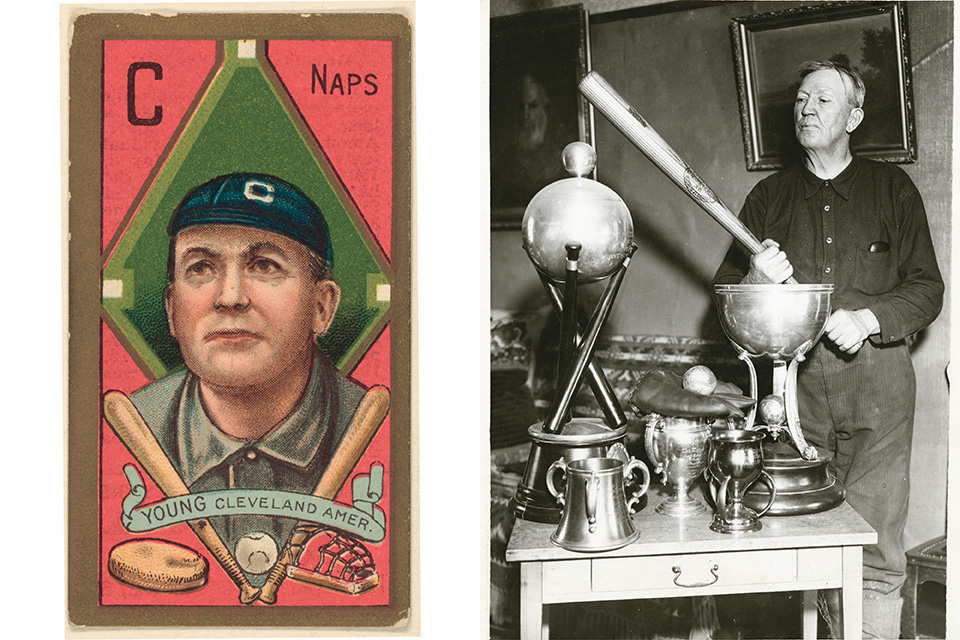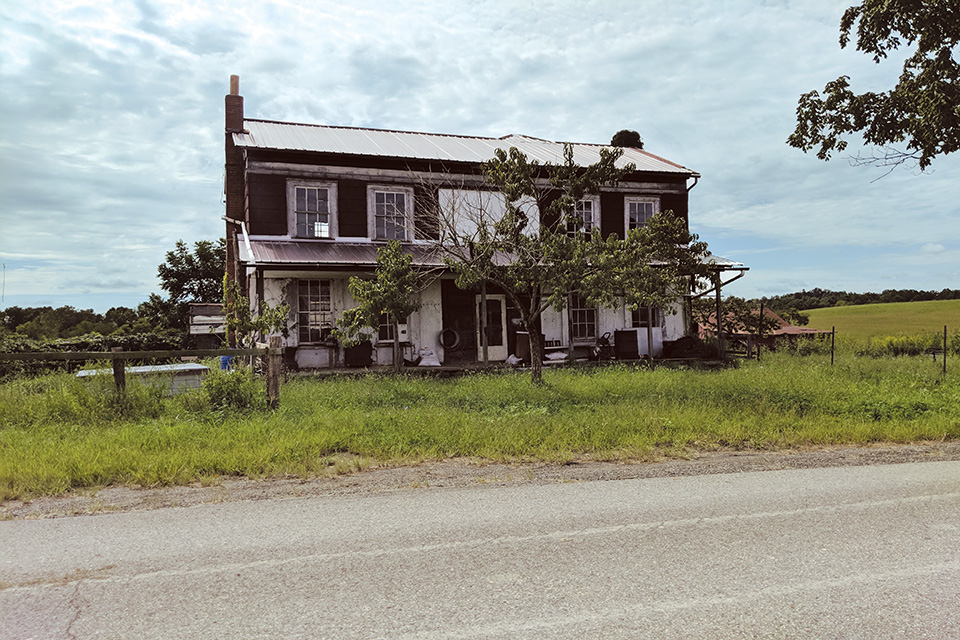Ohio Life
The Ohio Town that Baseball Legend Cy Young Called Home
Cy Young’s name is synonymous with Major League Baseball’s most dominant pitchers. He was born in Tuscarawas County in 1867, and he lived there both during and after his career in the big leagues.
Related Articles

New Book Details Origins and Evolution of Dayton’s Carillon Historical Park
The destination’s vice president of museum operations Alex Heckman and curator Steve Lucht wrote the 222-page, hardbound coffee-table book. READ MORE >>

See ‘Heartland: The Stories of Ohio Through 250 Objects’ in Lancaster
The Decorative Arts Center of Ohio hosts an artifact-focused exhibition that tells the story of our state through a collection of family keepsakes and iconic inventions. READ MORE >>

Historic Marker Installed at Home of Orville Wright
Hawthorn Hill, the Oakwood home where aviation pioneer Orville Wright lived with his sister and father, now bears a new marker celebrating its place in American history. READ MORE >>


_1931_recto.jpg?sfvrsn=ba89a038_6&w=960&auto=compress%2cformat)


